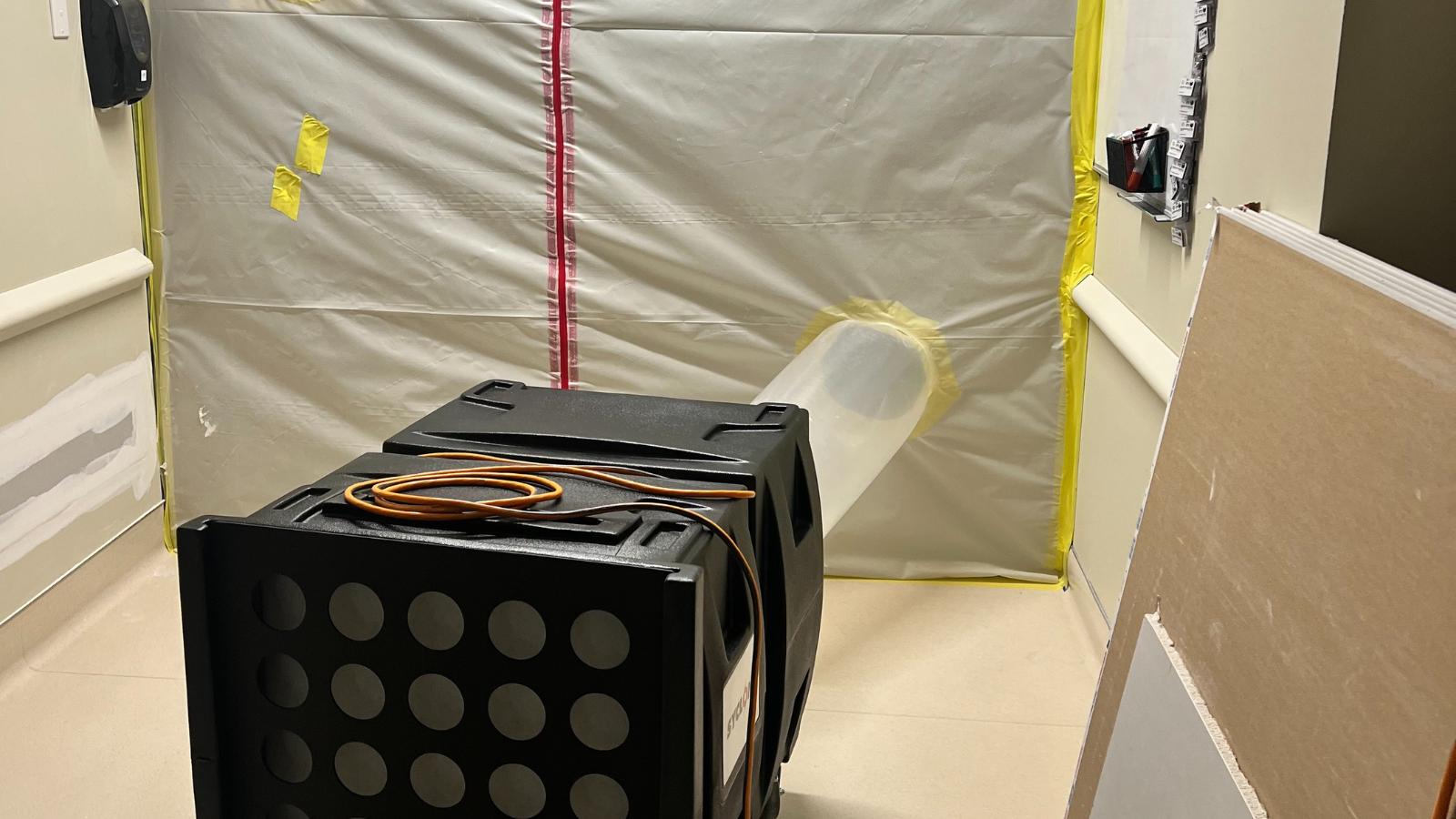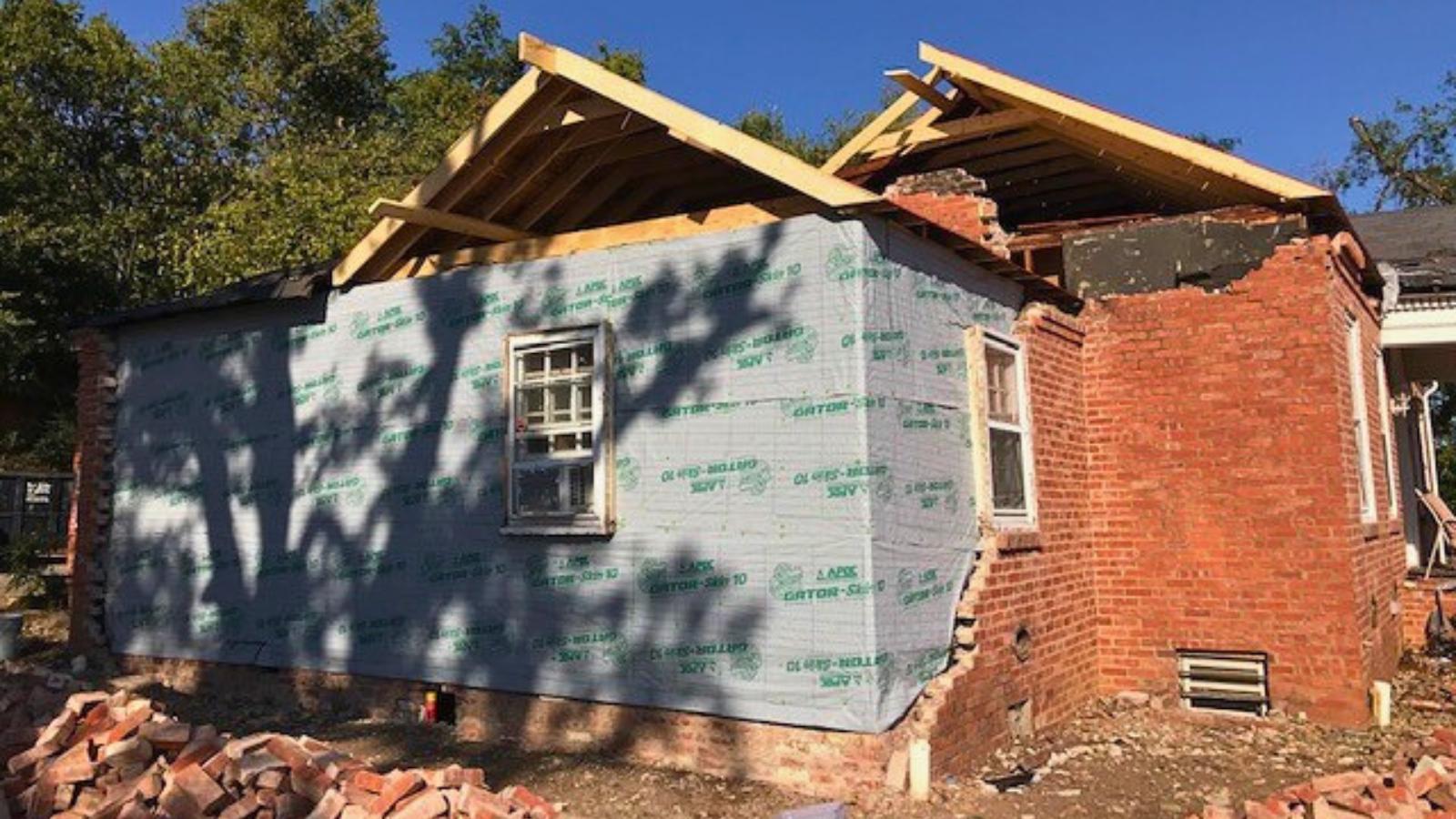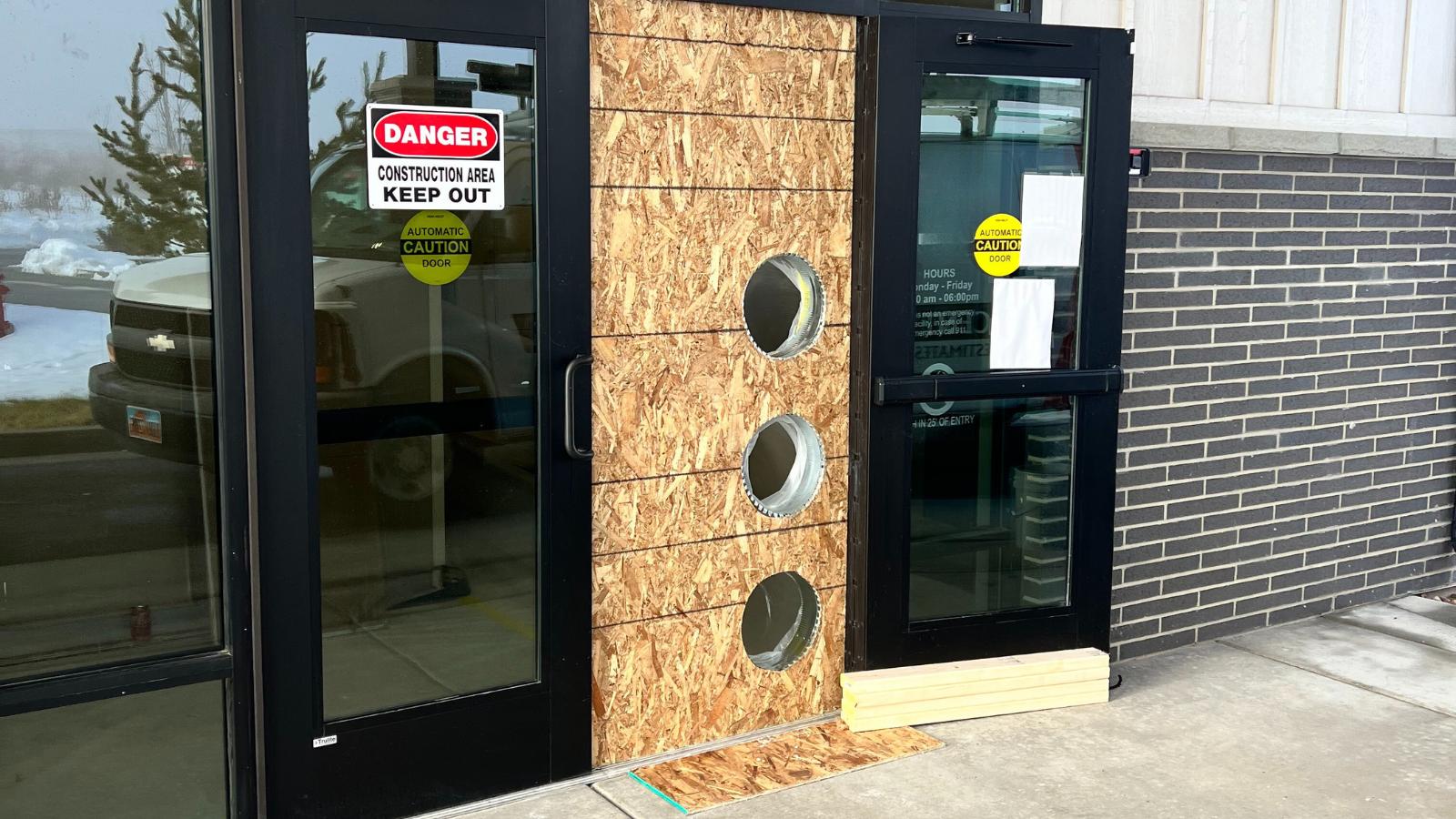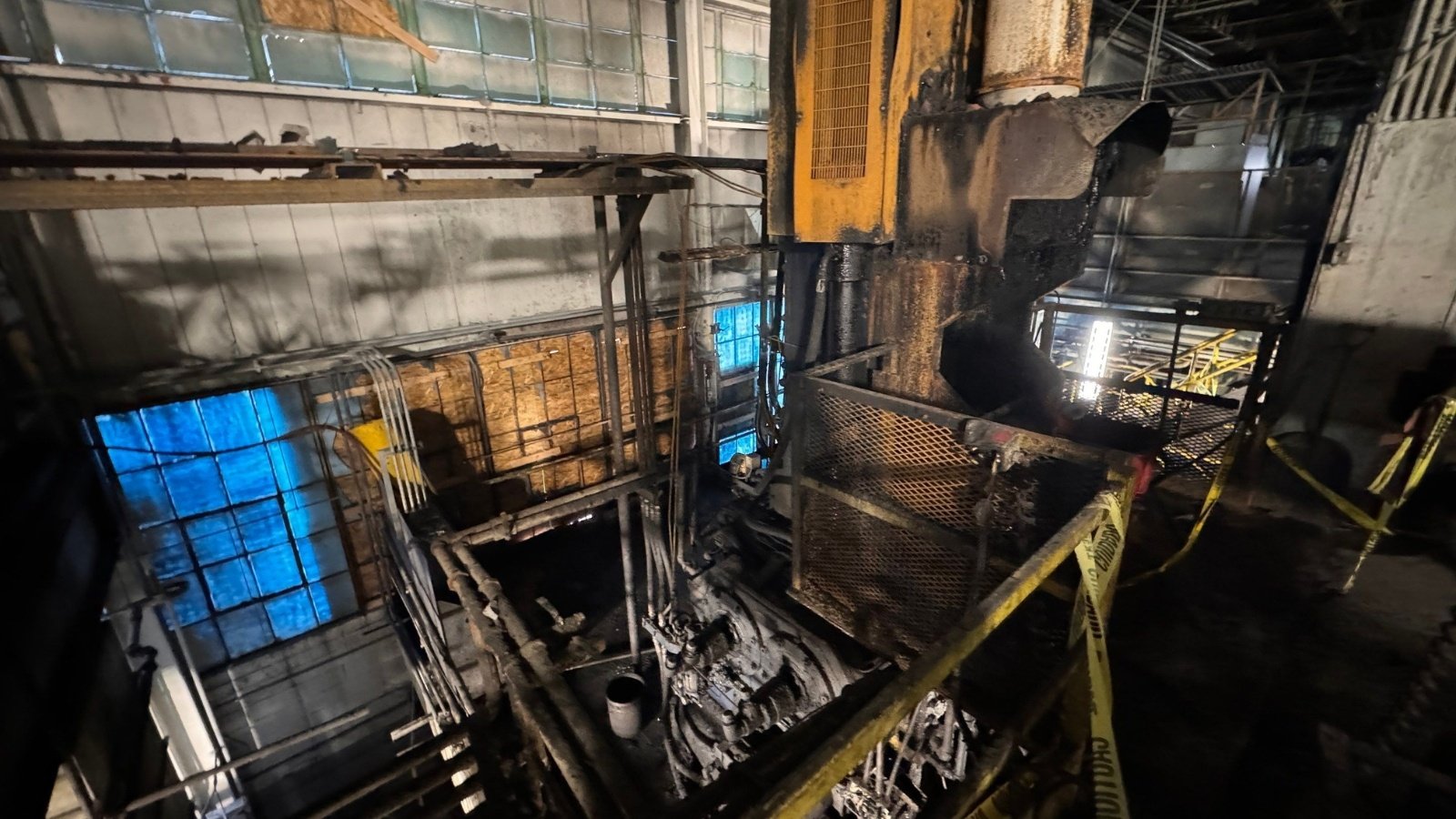CRC Restores Medical Practice Building Damaged by Tornado
A pair of tornadoes tore through western Arkansas in late spring, leaving a trail of destruction in their wake. Among the affected areas was Van...
2 min read
Sarah Chadwick
July 19, 2023

In healthcare facility construction and restoration projects, maintaining a safe and controlled environment is of paramount importance. Whether it's in response to a disaster, such as a flood or fire, or during routine renovations, the use of specialized air chambers plays a critical role in safeguarding patients, staff, and the surrounding environment. Among the various types of chambers employed, negative and positive air chambers are commonly utilized. These chambers serve distinct purposes and have specific applications depending on the circumstances at hand. In this article, we will explore the differences between negative and positive air chambers and their significance in healthcare facility restoration projects.
Negative air chambers, also known as containment chambers or isolation chambers, are designed to prevent the spread of hazardous airborne particles or contaminants from a specific area to the surrounding environment. They operate by creating a negative pressure differential, meaning that the air pressure inside the chamber is lower than the pressure outside. This negative pressure helps to contain and confine any harmful substances within the chamber, ensuring they do not escape into other areas of the healthcare facility.
Negative air chambers are commonly used in situations where there is a risk of airborne contamination, such as when dealing with mold remediation, asbestos removal, or infectious disease control. These chambers are typically constructed using plastic sheeting or specialized containment systems and are equipped with high-efficiency particulate air (HEPA) filtration systems. The HEPA filters capture and remove microscopic particles from the air, further minimizing the risk of contamination.
Positive air chambers, on the other hand, are utilized to create a clean and controlled environment within a designated area. Unlike negative air chambers, positive air chambers maintain a higher air pressure inside compared to the surrounding areas. This positive pressure differential acts as a barrier, preventing outside contaminants from entering the chamber.
Positive air chambers are commonly employed when conducting sensitive procedures or maintaining sterile conditions in healthcare facilities. For instance, during surgical operations or in specialized laboratories, positive air chambers help ensure a clean and particle-free environment, minimizing the risk of infection or contamination. These chambers are equipped with HEPA filtration systems as well, but in this case, the filtration works to maintain the quality of the air inside the chamber rather than capturing contaminants.
The primary difference between negative and positive air chambers lies in their purpose and the direction of airflow. Negative air chambers create negative pressure inside, containing and removing contaminants from the chamber. In contrast, positive air chambers maintain positive pressure, preventing the infiltration of external contaminants.
Negative air chambers focus on protecting the external environment by minimizing the spread of hazardous particles, while positive air chambers prioritize creating a clean and sterile internal environment. Negative air chambers are commonly used in situations involving contamination removal or infectious disease control, whereas positive air chambers are essential in maintaining sterile conditions during medical procedures or sensitive operations.
Both negative and positive air chambers rely on effective filtration systems to achieve their objectives. HEPA filters play a crucial role in capturing and removing contaminants or maintaining air quality, depending on the chamber's purpose.
In healthcare facility restoration projects, negative and positive air chambers serve distinct functions but are equally important in ensuring safety and maintaining controlled environments. Negative air chambers prevent the spread of contaminants, safeguarding the surrounding areas, while positive air chambers establish clean and sterile conditions internally. The choice of using negative or positive air chambers depends on the specific requirements of each restoration project and the need for containment or cleanliness. By understanding the differences between these chambers and their applications, healthcare facilities can effectively address contamination risks and maintain the highest standards of safety and care.
If you're in need of remodeling or restoration services for your healthcare facility, don't hesitate to reach out to our Healthcare Team who specialize in creating safe and functional environments. Contact us today to discuss your project and ensure the highest standards of care for your patients and staff.

A pair of tornadoes tore through western Arkansas in late spring, leaving a trail of destruction in their wake. Among the affected areas was Van...

After a devastating water loss caused by a ruptured sprinkler pipe in the attic, an outpatient surgical facility faced extensive damage throughout...

A devastating fire broke out at a large manufacturing plant, significantly disrupting operations. The fire originated in processing equipment and...